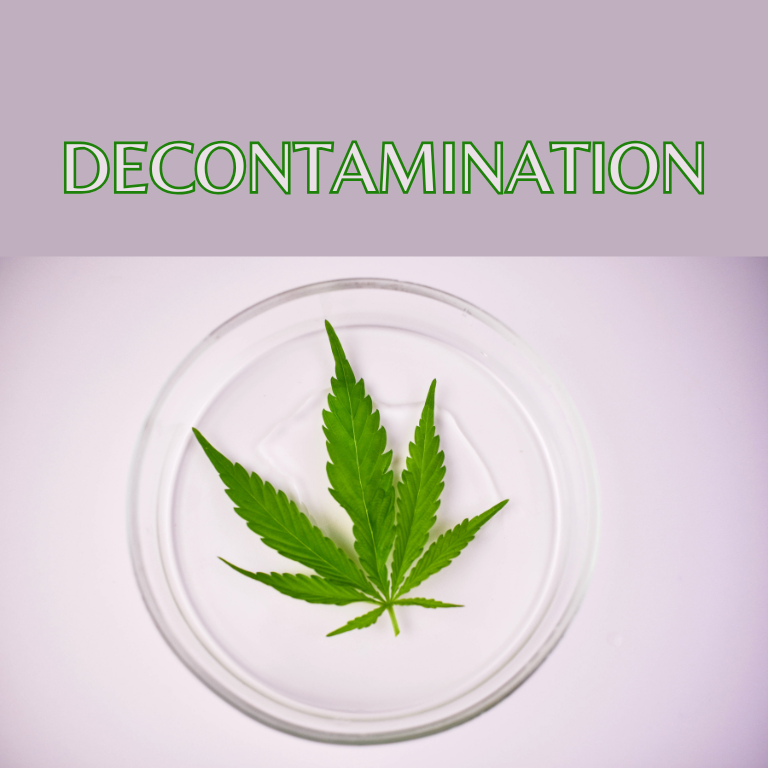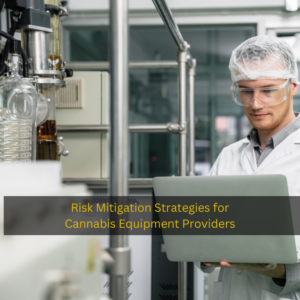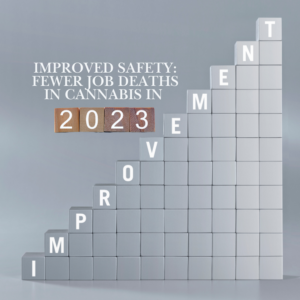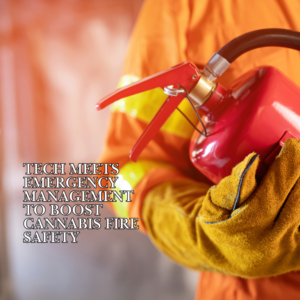Decontamination: Protecting Quality in the Cannabis Market

The cannabis industry has grown rapidly in recent years, becoming a multi-billion-dollar global market. With this growth comes increased scrutiny from regulatory bodies and heightened consumer demand for safe, high-quality products. A critical component in ensuring this safety and quality is decontamination—a set of processes aimed at eliminating harmful contaminants such as mold, bacteria, pesticides, and heavy metals from cannabis products.
This article explores the importance of decontamination in the cannabis market, the common contaminants that threaten product quality, the methods employed to mitigate risks, and the challenges faced by growers and processors in maintaining high standards.
The Importance of Decontamination in Cannabis Production
Decontamination is essential for protecting public health and ensuring consumer confidence in cannabis products. As cannabis is consumed in various forms—including inhalation, ingestion, and topical application—it is crucial that products meet stringent safety standards.
Compliance with Regulations
Regulatory requirements vary by region, but most cannabis markets enforce strict limits on microbial contaminants, pesticide residues, and heavy metals. Failure to meet these standards can lead to product recalls, financial losses, and reputational damage for producers.
Maintaining Consumer Trust
Consumers today are more informed and demand transparency about the products they consume. A commitment to decontamination demonstrates that a company prioritizes safety and quality, building long-term trust and loyalty among customers.
Preventing Health Risks
Contaminated cannabis products can pose significant health risks, particularly for medical cannabis patients who may already have compromised immune systems. Mold, bacteria, and chemical residues can cause allergic reactions, respiratory issues, and even toxicity in severe cases.
Common Contaminants in Cannabis
The cannabis plant is highly absorbent, which makes it susceptible to contamination from its environment. Understanding the potential contaminants is the first step in designing effective decontamination strategies.
Microbial Contaminants
Mold and Mildew: These fungi thrive in warm, humid conditions and can develop during cultivation, drying, or storage. Common molds found in cannabis include Aspergillus, Penicillium, and Cladosporium.
Bacteria: Pathogenic bacteria such as E. coli and Salmonella can contaminate cannabis during handling or from contaminated water sources.
Chemical Contaminants
Pesticides and Herbicides: Residues from chemicals used during cultivation to combat pests can remain on the plant if not properly managed.
Heavy Metals: Cannabis plants can absorb heavy metals like lead, cadmium, and arsenic from contaminated soil, water, or fertilizers.
Physical Contaminants
Foreign Materials: Debris such as hair, plastic, or fibers can enter the product during processing or packaging.
Methods of Decontamination
Several decontamination methods are available to cannabis producers, each with unique benefits and limitations. The choice of method depends on the type of contaminant, the desired product quality, and regulatory requirements.
Irradiation
Gamma Irradiation: This method uses high-energy gamma rays to destroy microbial contaminants without significantly altering the product’s chemical composition.
Electron Beam (E-Beam) Irradiation: A faster alternative to gamma irradiation, E-beam irradiation is effective for microbial decontamination but requires specialized equipment.
Thermal Treatments
Dry Heat: Exposing cannabis to controlled heat can eliminate microbes, but excessive heat may degrade cannabinoids and terpenes, affecting product quality.
Steam Pasteurization: This method uses high-temperature steam to sterilize the product, offering a balance between effectiveness and preservation of quality.
Chemical Washes
Hydrogen Peroxide: A commonly used disinfectant, hydrogen peroxide can remove microbial and chemical residues when applied in diluted form.
Ozone Treatment: Ozone gas effectively eliminates mold and bacteria but must be carefully controlled to avoid overexposure.
Plasma Sterilization
Plasma treatment uses ionized gas to destroy contaminants at the molecular level. This emerging technology offers a promising solution for decontamination without compromising product integrity.
Mechanical Separation
Techniques such as sieving or air classification can physically remove foreign materials and contaminants from cannabis flower or extracts.
Decontamination Challenges in the Cannabis Industry
Despite the availability of advanced decontamination methods, the cannabis industry faces several obstacles in maintaining contamination-free products.
Cost and Accessibility
Implementing decontamination processes can be expensive, particularly for small and medium-sized enterprises. Equipment costs, ongoing maintenance, and staff training are significant financial burdens.
Product Quality Concerns
Some decontamination methods, such as irradiation or thermal treatments, may affect the potency, flavor, or aroma of cannabis products. Balancing decontamination effectiveness with product quality is a constant challenge.
Regulatory Variations
Different regions have varying contamination thresholds and approved decontamination methods, creating complexity for companies operating across multiple jurisdictions.
Lack of Standardization
The absence of industry-wide standards for decontamination processes can lead to inconsistent practices, reducing consumer confidence and complicating compliance efforts.
Best Practices for Effective Decontamination
Producers can adopt several best practices to minimize contamination risks and improve decontamination outcomes.
Implement Good Agricultural Practices (GAPs)
Careful control of cultivation environments—including temperature, humidity, and soil quality—can prevent the introduction of contaminants.
Conduct Rigorous Testing
Regular laboratory testing for microbial, chemical, and physical contaminants is essential. Third-party testing ensures objectivity and compliance with regulations.
Use Preventive Measures
Incorporating preventive measures, such as proper sanitation protocols, clean water systems, and protective equipment for workers, reduces contamination risks during handling and processing.
Educate and Train Staff
Training employees on contamination risks and best practices ensures that decontamination protocols are followed consistently.
Choose Appropriate Decontamination Methods
Evaluate the pros and cons of available methods based on the type of product and regulatory requirements to choose the most suitable decontamination approach.
The Role of Technology in Decontamination
Advancements in technology are driving innovation in cannabis decontamination. From automated cleaning systems to real-time contamination monitoring, technology is helping producers maintain higher standards of quality.
Automated Systems
Automation reduces human error and improves consistency in decontamination processes, particularly in large-scale operations.
Data Analytics
Sophisticated data analytics tools can identify contamination patterns and optimize processes to minimize risks.
Advanced Testing Equipment
State-of-the-art testing technologies, such as mass spectrometry and polymerase chain reaction (PCR), provide highly accurate results, enabling early detection of contaminants.
Consumer Awareness and Advocacy
As consumers become more educated about cannabis products, they are demanding greater transparency about production practices. Producers can address these demands by:
Clearly labeling decontamination methods and test results on product packaging.
Educating consumers about the importance of decontamination for safety and quality.
Advocating for standardized industry practices to build trust and ensure consistent quality.
Decontamination plays a vital role in ensuring the safety, quality, and consumer confidence in the cannabis market. By understanding common contaminants, adopting effective decontamination methods, and addressing industry challenges, cannabis producers can protect their products and their reputation.
As the industry continues to evolve, advancements in technology and regulatory frameworks will further enhance decontamination practices, paving the way for a safer and more reliable cannabis market.
Stay informed about the latest cannabis industry developments with Cannabis Risk Manager.











